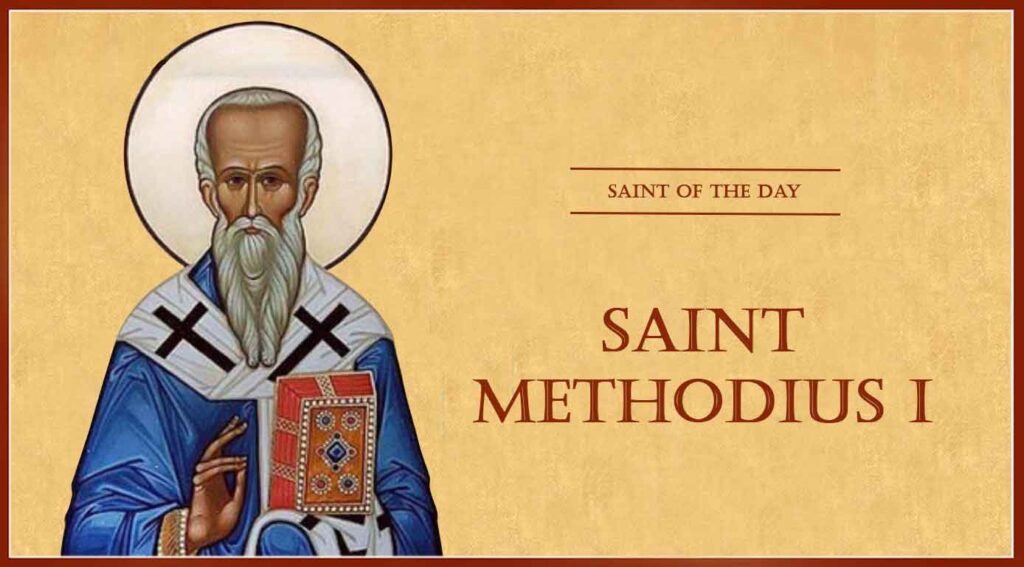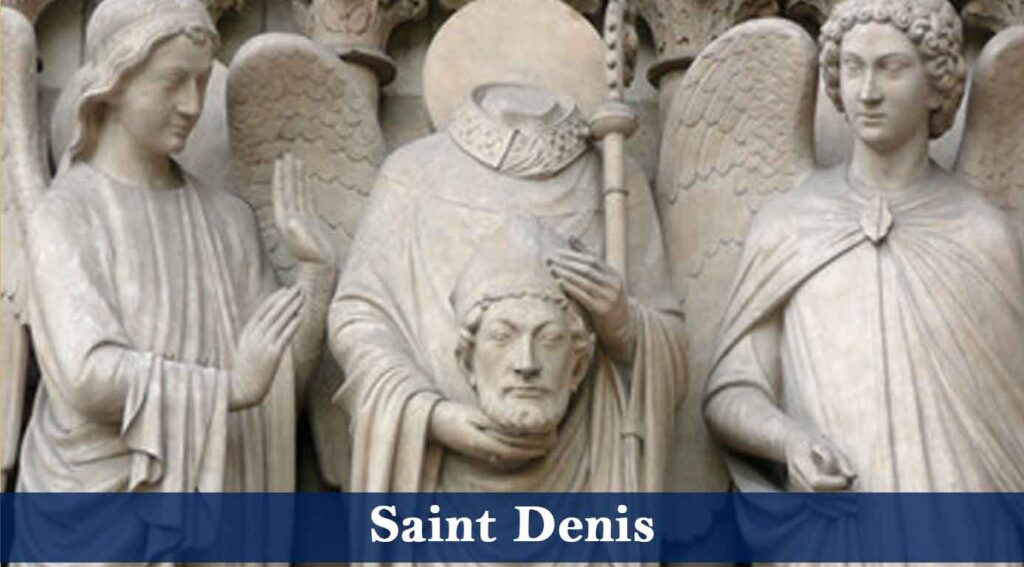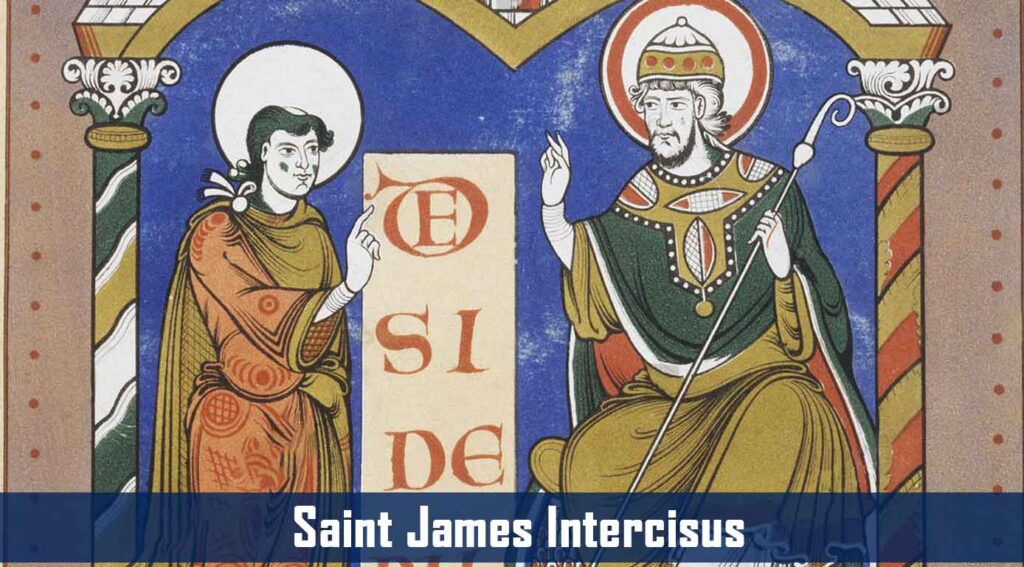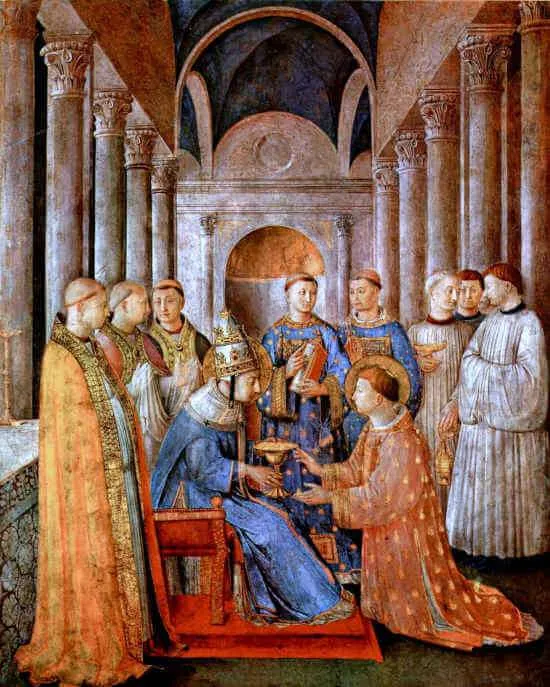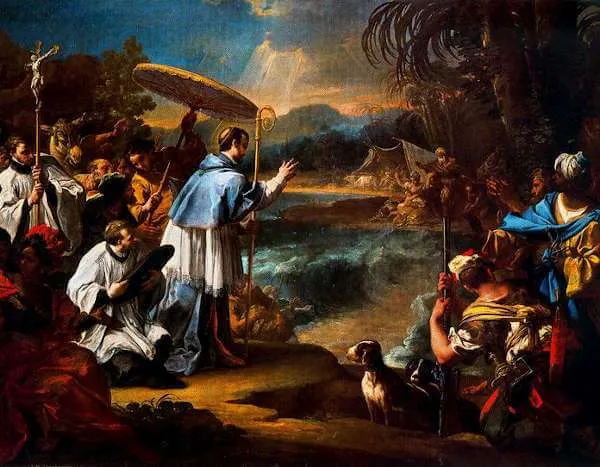Saint Methodius I of Constantinople was born to wealthy parents. Methodios was sent as a young man to Constantinople to continue his education and hopefully attain an appointment at court. But instead he entered a monastery in Bithynia, eventually becoming abbot.
In 815, Methodios went to Rome, perhaps as an envoy of the deposed Patriarch Nikephorοs. Upon his return in 821 he was arrested and exiled as an iconodule by the Iconoclast regime of Emperor Michael II. Methodios was released in 829 and assumed a position of importance at the court of the even more fervently iconoclast Emperor Theophilos.
The influential minister Theoktistos secured the appointment of Methodios as his successor, bringing about the end of the iconoclast controversy. A week after his appointment and after the Council of Constantinople (843), Methodios made a triumphal procession from the church of Blachernae to Hagia Sophia on March 11, 843, restoring the icons to the church. This heralded the restoration of Catholic orthodoxy, and became a holiday in the Byzantine Church, celebrated every year on the First Sunday of Great Lent, and known as the “Triumph of Orthodoxy”.
Throughout his short patriarchate, Methodios tried to pursue a moderate line of accommodation with members of the clergy who were formerly Iconoclasts. This policy was opposed by extremists. To rein in the extremists, Methodios was forced to excommunicate and arrest some of the more persevering monks.
Methodios was indeed well-educated; engaged in both copying and writing of manuscripts. His individual works included polemica, hagiographical and liturgical works, sermons and poetry.


